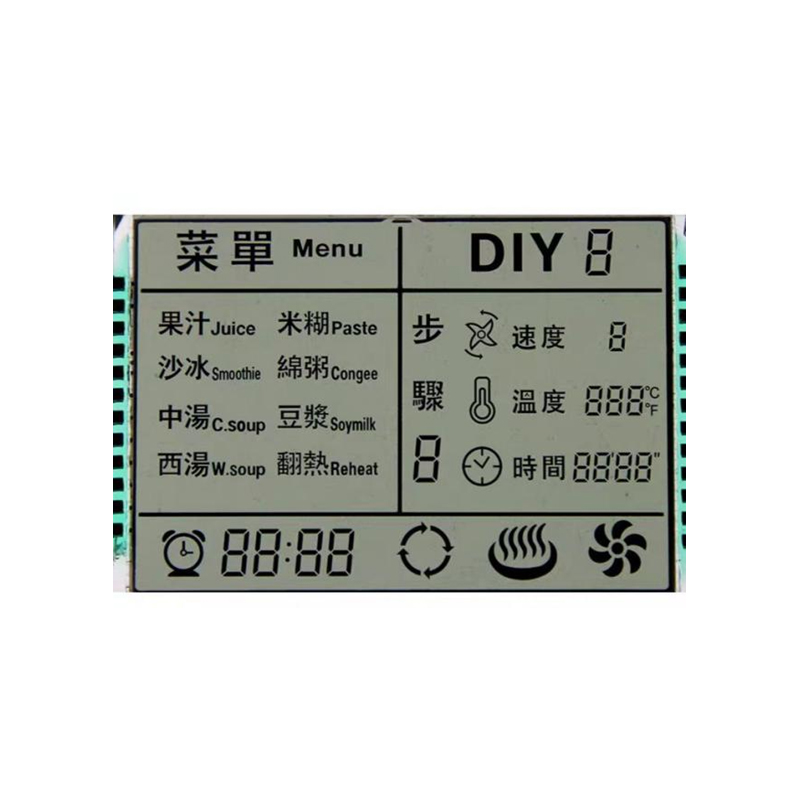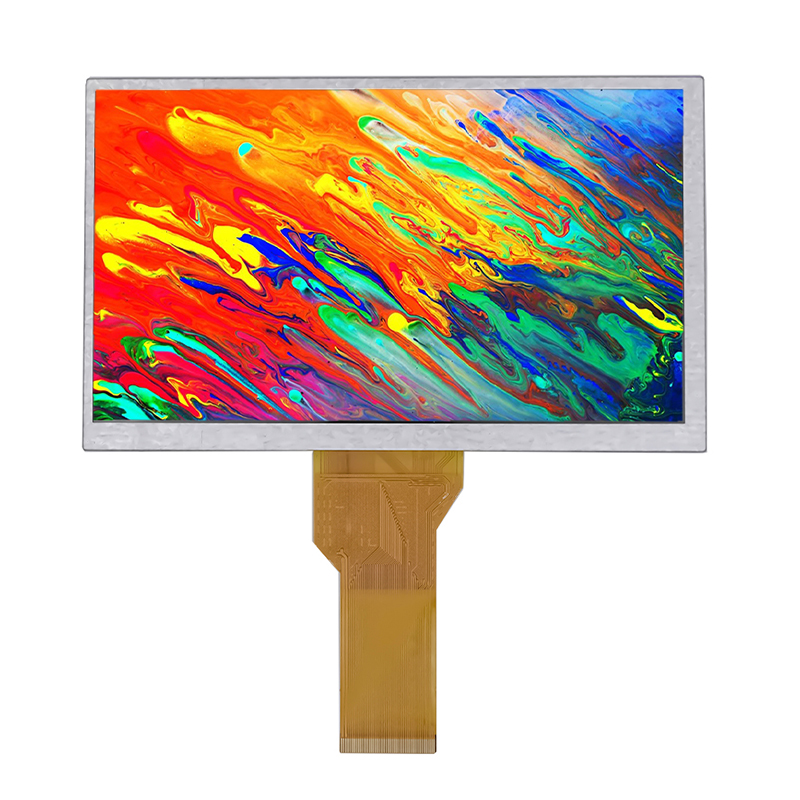
This comprehensive guide explores the 4-wire SPI interface, detailing its functionality, advantages, and applications. We'll cover the basics, delve into advanced concepts, and provide practical examples to help you effectively utilize this versatile communication protocol.
The Serial Peripheral Interface (SPI) bus is a synchronous, full-duplex communication link commonly used for short-distance communication between microcontrollers and peripherals. A 4-wire SPI interface uses four signal lines: MOSI (Master Out Slave In), MISO (Master In Slave Out), SCK (Serial Clock), and SS (Slave Select). The master device controls the clock signal (SCK) and selects the slave device using the SS line. Data is transmitted serially, bit by bit, synchronized to the clock signal. The simplicity and speed of the 4-wire SPI interface make it a popular choice for numerous applications.
This line carries data from the master device to the slave device. The master sends data bits along MOSI, which the slave receives.
Data travels in the opposite direction on this line, from the slave device to the master device. The slave sends data bits along MISO, which the master receives.
The master device generates the clock signal (SCK) which synchronizes the data transmission between the master and slave. Both devices use this clock to ensure proper data alignment and transfer.
This line selects the specific slave device that the master wants to communicate with. The master pulls the SS line low (typically to 0V) to activate a particular slave and high (typically to VCC) to deselect it. Multiple slave devices can be connected to a single master, each with its own SS line. The 4-wire SPI interface simplifies this selection process for communication with multiple peripherals.
The 4-wire SPI interface offers several advantages over other communication protocols:
The versatility of the 4-wire SPI interface makes it ideal for various applications, including:
The SPI configuration depends on several parameters, including:
Potential issues with the 4-wire SPI interface often stem from incorrect wiring, improper configuration, or clock synchronization problems. Careful attention to details during implementation and rigorous testing can prevent these problems.
The 4-wire SPI interface is a robust and widely used communication protocol. Its simplicity, speed, and full-duplex capabilities make it a versatile option for a range of applications. Understanding the fundamentals of the 4-wire SPI interface is essential for anyone working with microcontrollers and peripherals.












